New Year, new courses! The latest flavours to hit our kitchen are fragrant and spicy, you’ve got it, Thai cuisine. To get the ball rolling we’ve released an introductory half-day Thai cookery course run by Thailand native Amy Nixon.
Designed to provide students with an overview of the most popular Thai dishes, this hands-on course will teach you how to create Pad Thai and Tom Yam Soup from scratch using traditional ingredients and cooking methods.
We asked Amy about Punk Thai, the growth of the Cornish foodie scene and what she loves about living in Cornwall.

Amy, in your own words tell us who you are and what you do
My name is Amy Nixon and in 2017, I set up Punk Thai.
There are many western restaurants that mix non-western cuisine with western cuisine…………….fusion!
Punk Thai seeks to, in many cases, do the reverse of this and hence not conforming to phrases such as “traditional Thai food or “genuine Thai food”. Punk Thai offers high end, inspirational and beautifully cooked and presented cuisine.
Who or what inspired you to take up cooking as a profession?
Born into a farming family in Nakon, Thailand, home cooking was as important as breathing! Growing up my mother had her designs on me being an accountant and promptly despatched me university in Bangkok. Moving to be with my mother in Singapore after university and to learn English, I started working in a Thai restaurant in between studies and re kindled my passion for cooking.
Your reputation for serving fantastic food has grown really quickly since you started up Punk Thai. Do you think you have brought something completely different to the Cornish food scene?
Yes I believe we have. If you ask westerners what Thai food they like it’s invariably “Red curry, Green curry, Phad Thai and Masaman”. But there is so much more to Thai food than that, plus the fact that at Punk Thai we like to twist it up a bit! Presentation is everything and we strive to achieve the very best.
Punk Thai is well known for its creative approach to cooking, do you enjoy being able to put your own spin on the dishes you create and working with clients to create bespoke menus?
Yes we sure do.
What is your favourite Thai dish to cook?
Som Tam or otherwise known as Papaya salad.
If there was one ingredient that you cannot source in the UK currently that you could make available in the shops here to be able use in your cooking, what would it be and why?
Thai mango, it is the essence of Mango and sticky rice and Green Papaya.
Presentation of food is very important in traditional Thai culture and you have taken training in the beautiful art of fruit and vegetable carving. Have you found since coming to the UK, that people are interested in both the presentation side of Thai food, as well as the dishes themselves?
Very much so and we will soon start running Thai, food carving courses.
*In 2017, seven of Thailand’s most popular dishes appeared on the list of the “World’s 50 Most Delicious Foods (Readers’ Pick)”a worldwide online poll of 35,000 people by CNN Travel. Thailand had more dishes on the list than any other country. They dishes were: tom yam goong (4th), pad Thai (5th), som tam (6th), massaman curry (10th), green curry (19th), Thai fried rice (24th) and moo nam tok (36th). There is obviously a growing interest in Thai food. Do you feel that this interest is present in Cornwall, and are you noticing an increase in people approaching you to give them their first introduction to Thai food?
Yes, all the feedback that we have received so far says “this is the best Thai food”, it’s a pity it isn’t readily available in Cornwall
Do you think people are becoming more adventurous when it comes to cooking at home, and do you think that cookery schools such as Philleigh Way are helping to provide home cooks with the confidence to become more inventive with their cooking?
Without a doubt! Just look at the foreign food stuffs aisle in every supermarket.
What do you love about living in Cornwall?
Beautiful country side, great connectivity to London and international destinations, oh yes and my husband insisted that this is where we would settle!!
What is your favourite Cornish food product?
Probably the great seafood.
Who is your favourite Cornish food supplier?
We have just signed up with West Country Fruit Sales near Falmouth and the new Fishmongers in Truro, so many suppliers of amazing food in Cornwall.
What is your favourite Cornish drink?
I do like a Cornish Gin & Tonic.
Favourite place to visit in Cornwall?
Trevone, natural sea pool on the rocky beach.
What plans do you have for Punk Thai this year?
To continue move forward with our business plans of twice monthly functions and start business lunches to the local Truro community, more cookery courses and carving courses.
What are you looking forward to about working with Philleigh Way?
Well the setup is excellent, all the marketing has been taken care of so I can concentrate on the event itself.
Two of the dishes you will be cooking on the new course were listed in the “World’s 50 Most Delicious Foods (Readers’ Pick)” list. Do you feel that the new course will give people a really good overview of the traditional flavours and dishes of Thailand?
Yes hopefully. It’s very well one getting a cookery book and religiously following a recipe but not achieving the correct taste. Thai cooking is very much “a bit of this and a bit of that”, in fact we were going to call the company CUCKIDIN as this is very often the case with our cooking. With my help I want the guests to leave with more confidence to cook Asian food.
What’s going to be the best bit about the new Thai cookery courses?
To give people the ability to take on a new cuisine with confidence.
*Information from Wikipedia
The first Thai cookery course is taking place on Wednesday 28th March. Click here for full details.



















































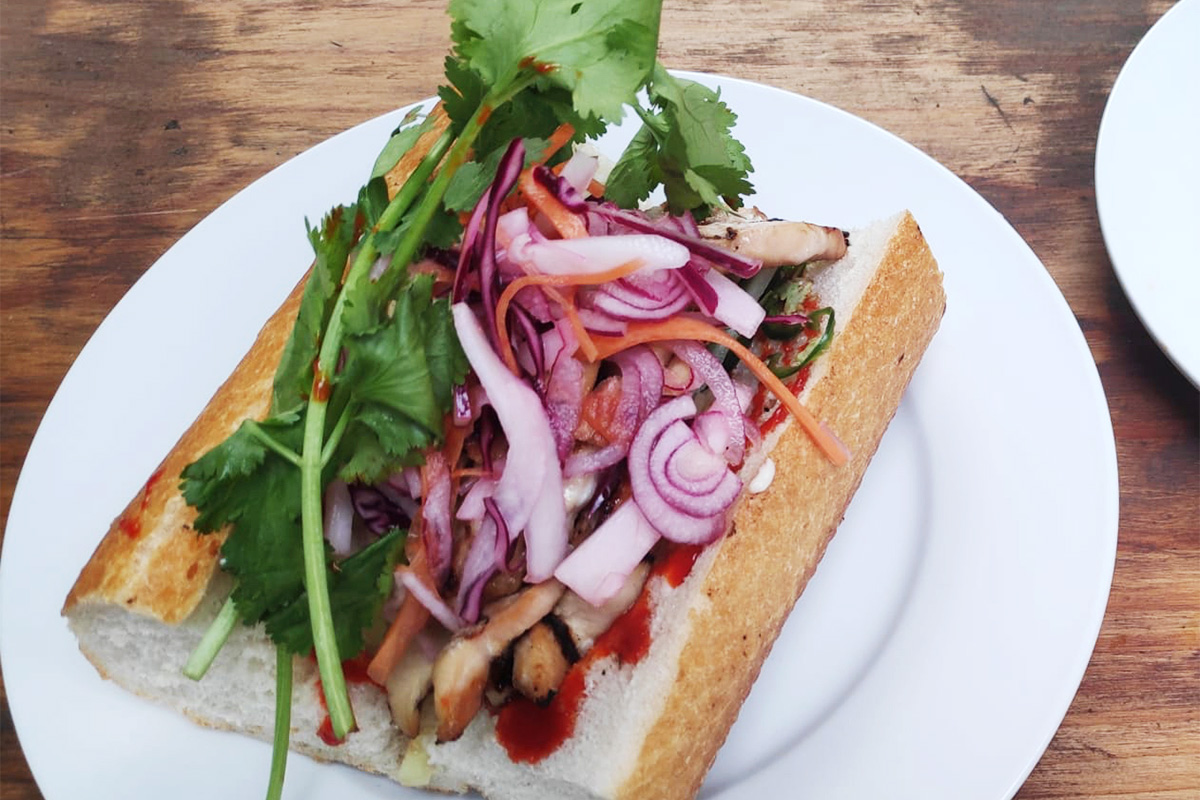



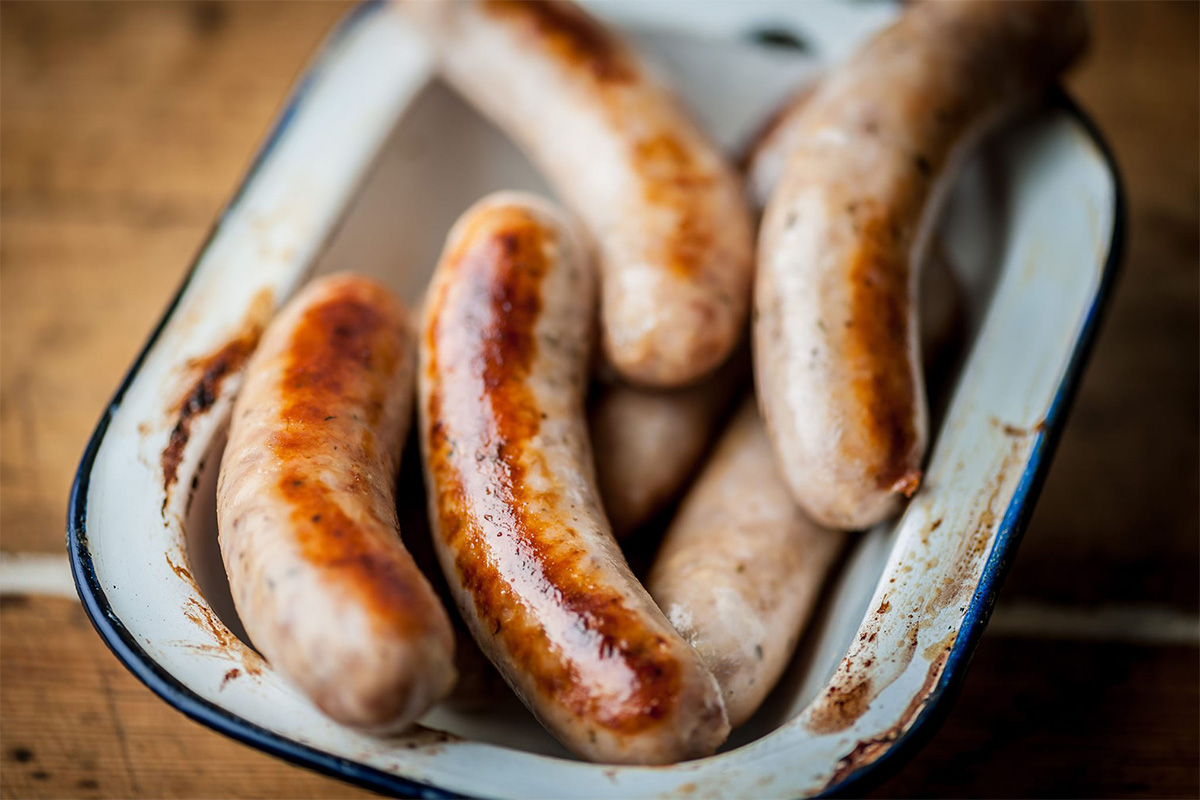



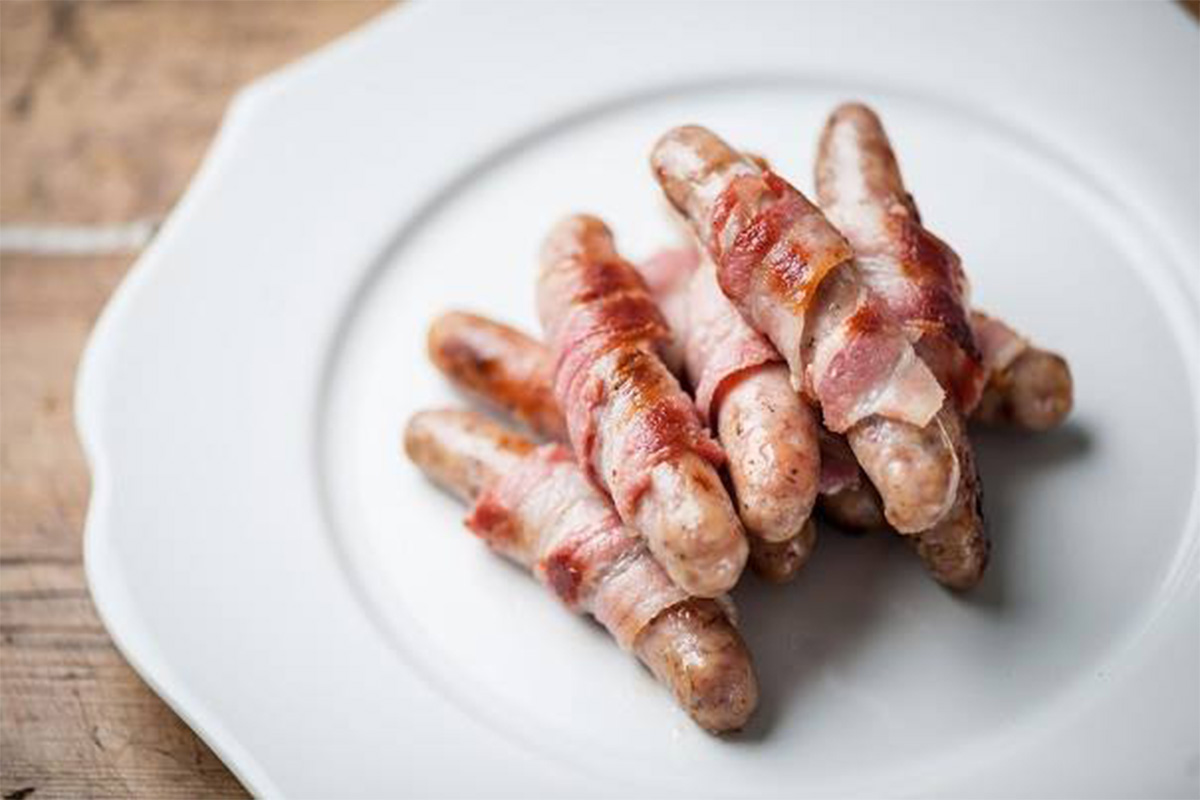
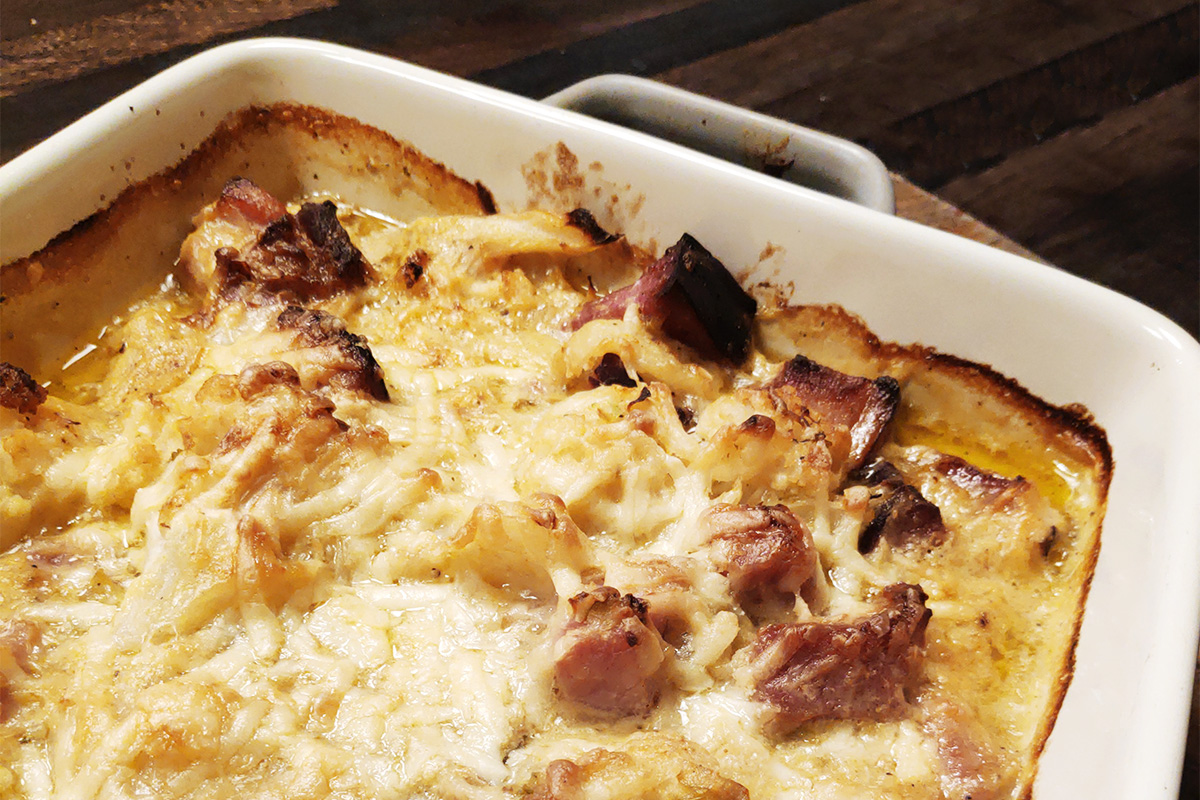
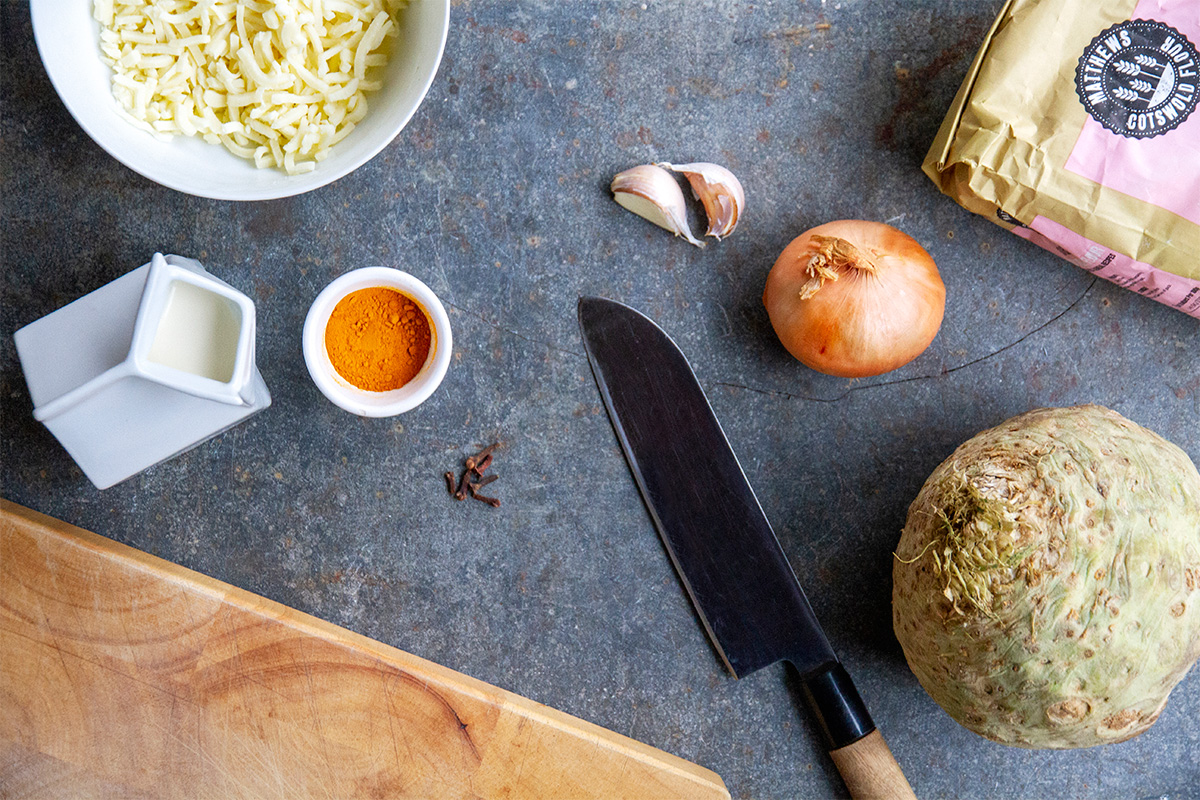
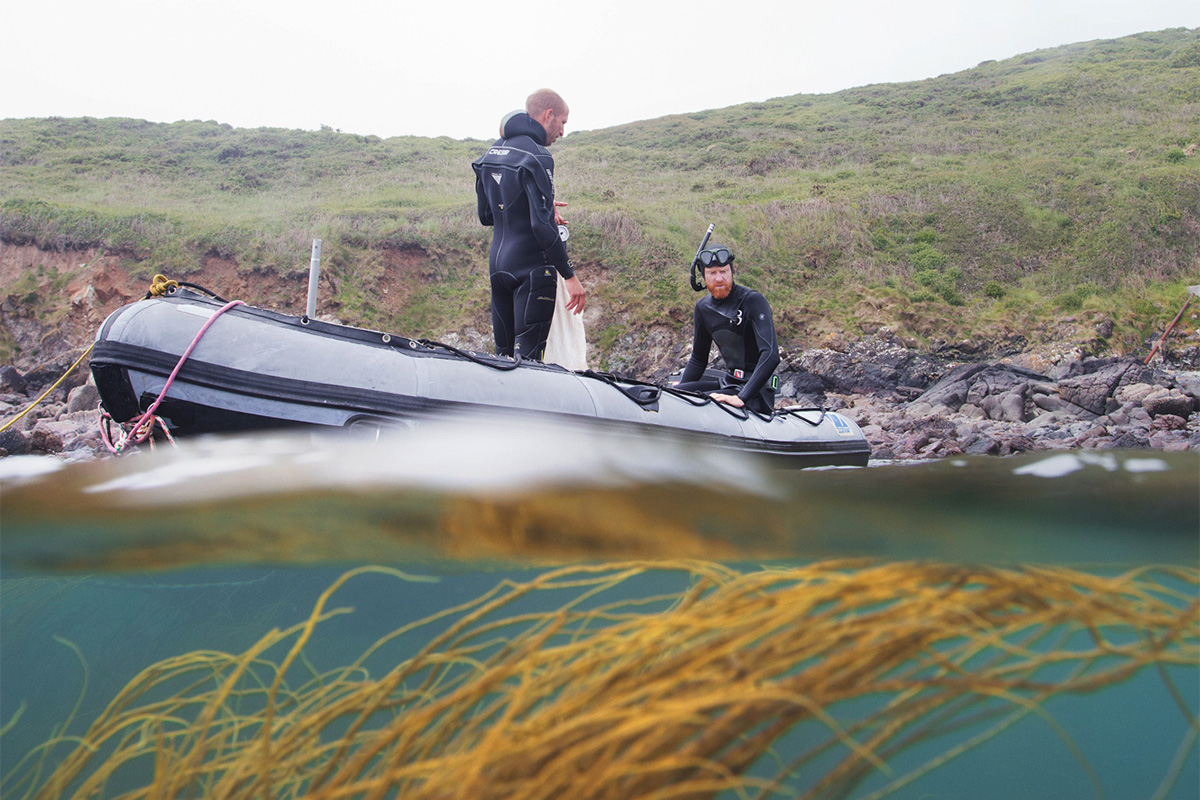

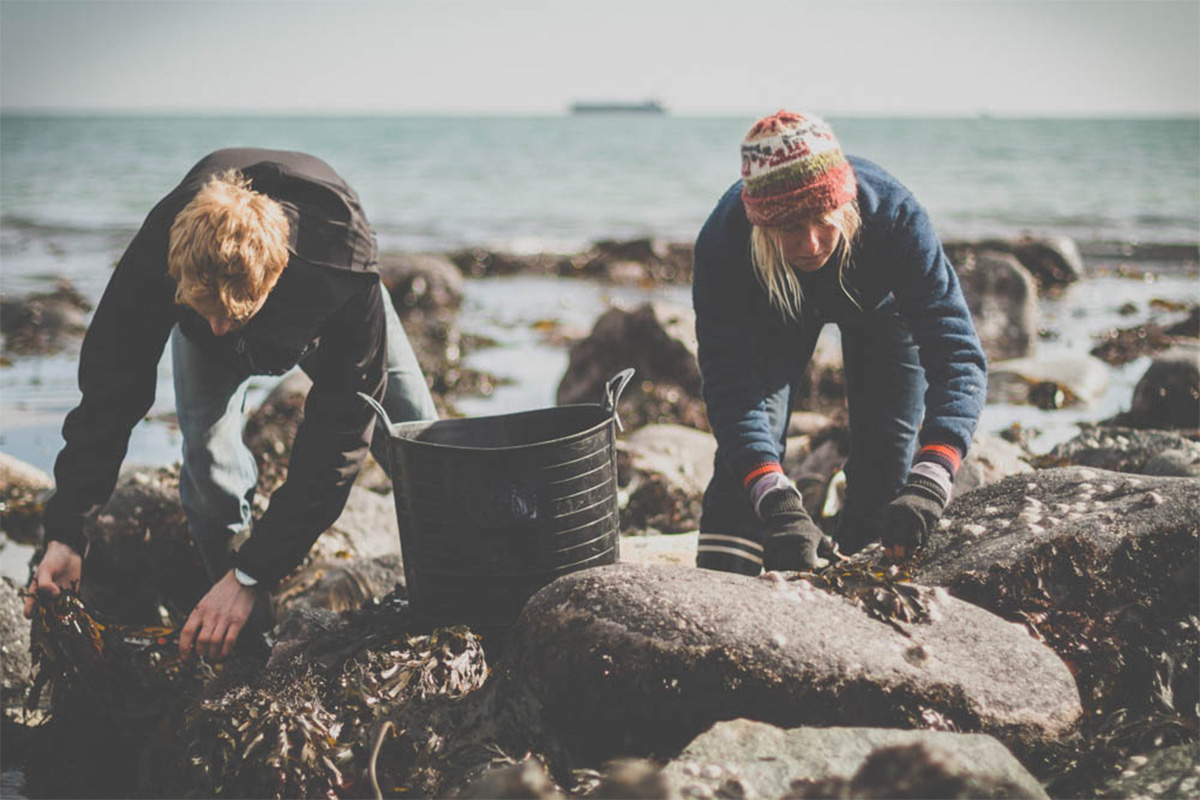


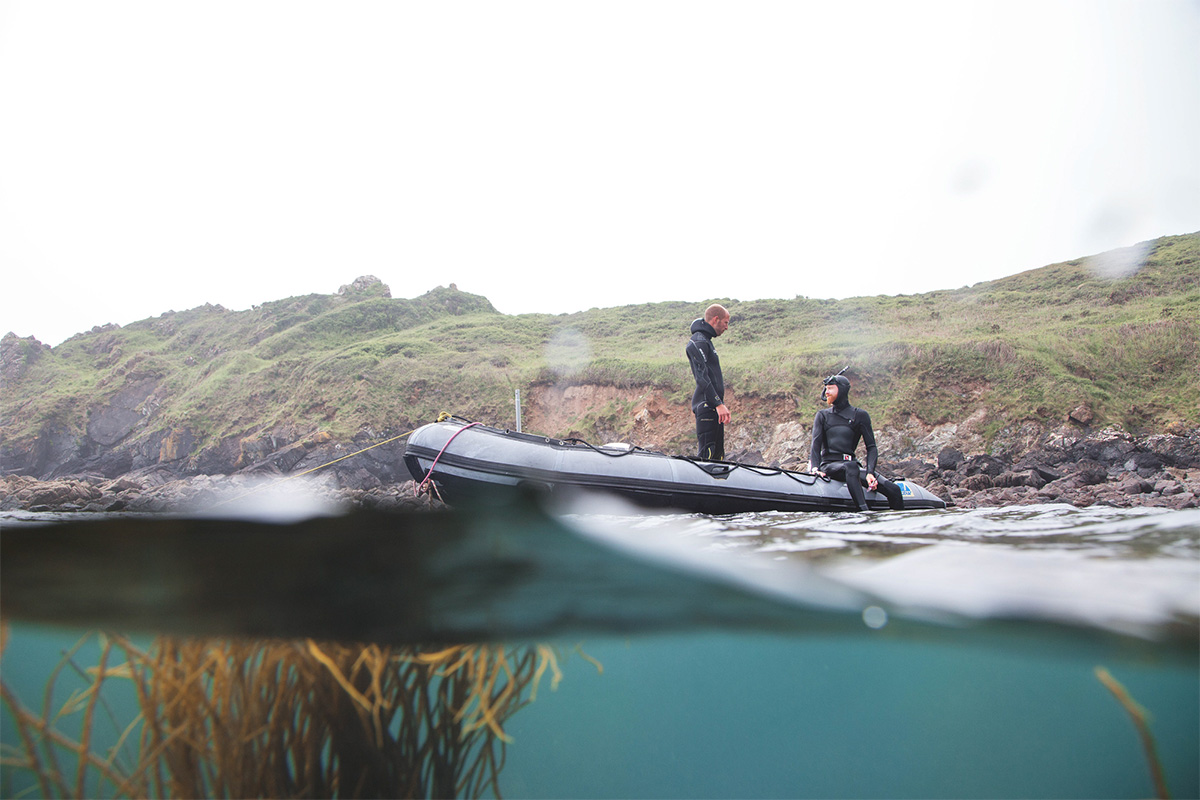






















 Photo courtesy of Champneys Health Spa
Photo courtesy of Champneys Health Spa




